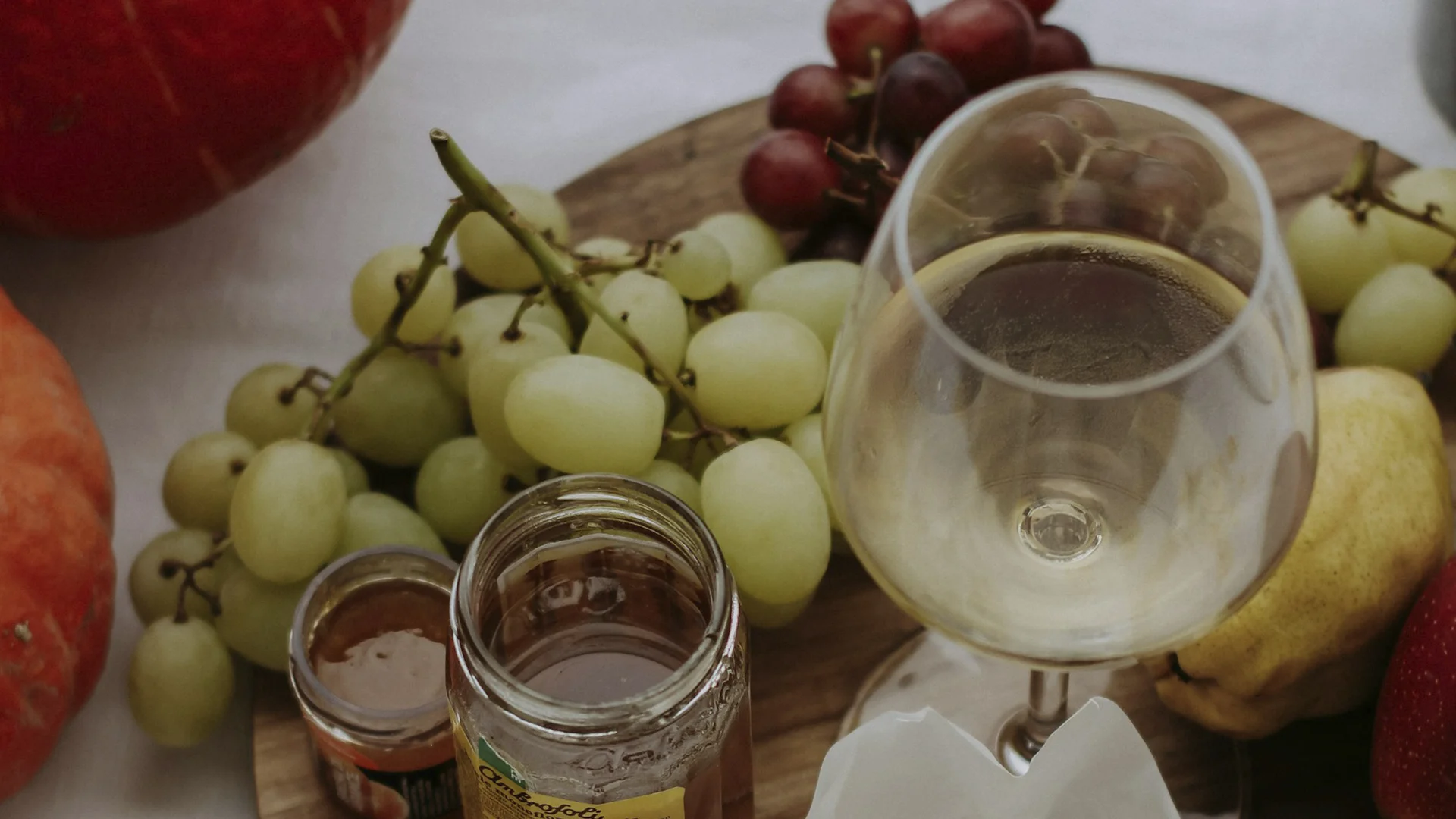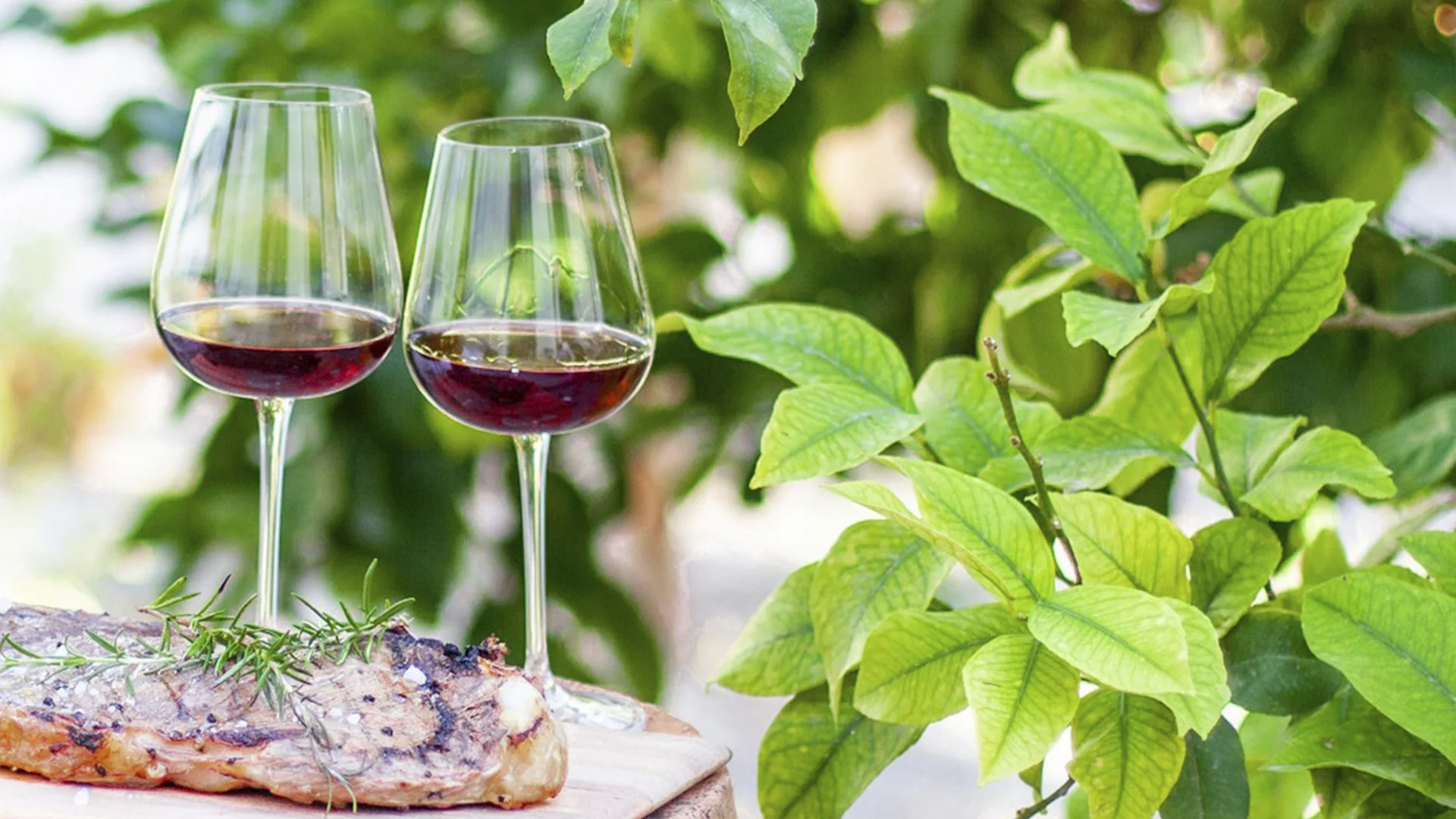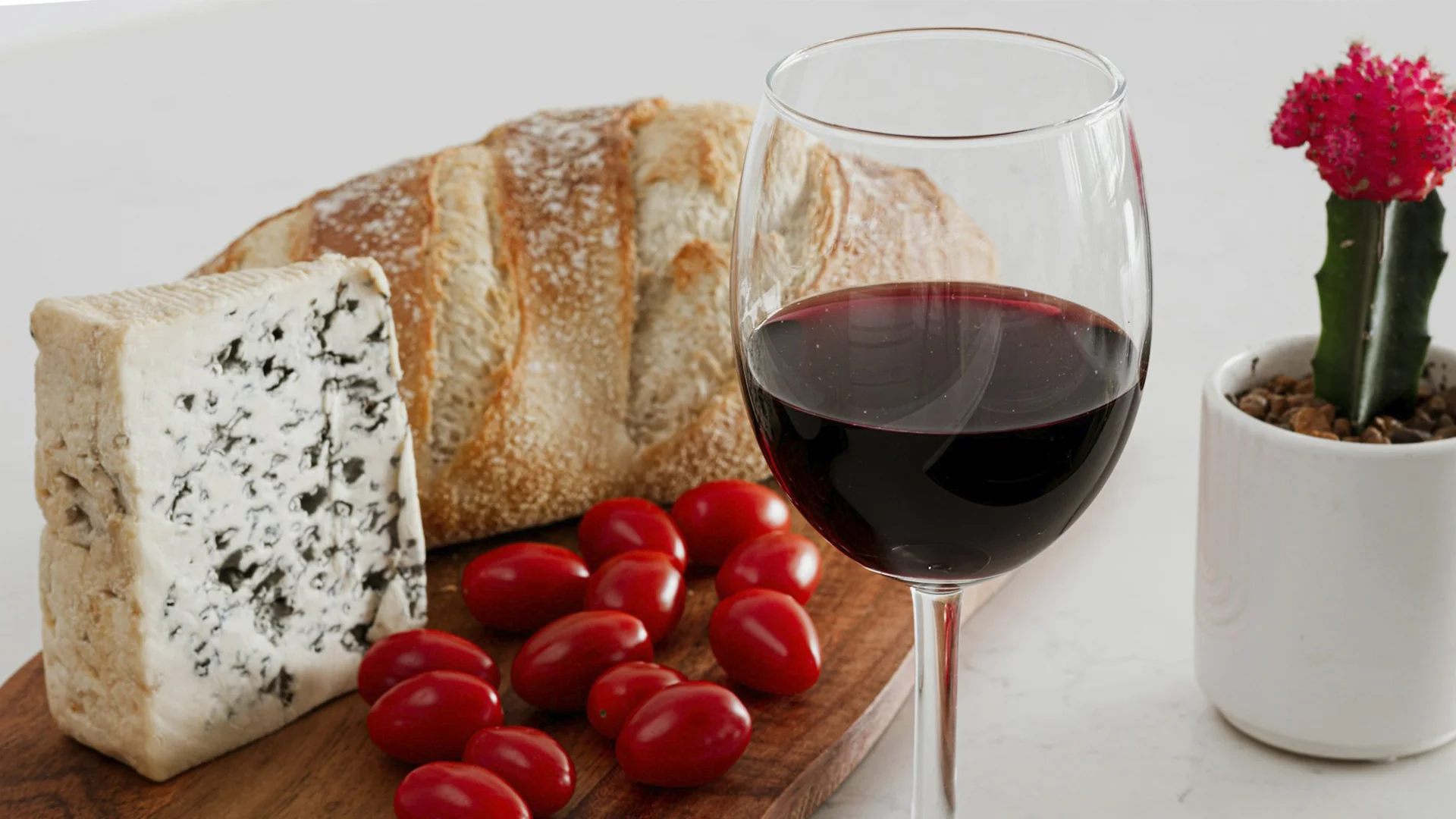
Vermentino is like a sun-kissed breeze in a bottle — zesty, textural, and unapologetically Mediterranean. This light-bodied white wine is renowned for its vibrant acidity, making it a refreshing choice for a variety of occasions. In this guide, we dive into its flavour-packed personality, winemaking twists, global terroirs, and underrated food-pairing powers. From coastal vineyards to cutting-edge producers, we’ll show you why Vermentino, a grape with roots likely tracing back to the Iberian Peninsula before spreading to Italy and beyond, is the low-key legend white wine lovers didn’t know they needed.
Picture this: you’re sitting on a sun-drenched terrace overlooking azure waters, and in your hand is a glass of something that tastes like liquid sunshine meets sea spray. That’s Vermentino – the Mediterranean’s answer to every white wine lover’s dream.
This light-to-medium bodied dry white wine, crafted from the Vermentino grape, is like that effortlessly cool friend who makes everything better without trying too hard. While 75% of global production happens in Sardinia, Vermentino has been quietly conquering wine lists from Tuscany to California, and frankly, it’s about time we paid attention. Sardinia’s dominance in Vermentino production highlights the island’s ideal conditions for this grape, as about 75% of all Vermentino grown in Italy is cultivated there. Liguria, meanwhile, is renowned for its white wines, with Vermentino being a prominent example that thrives despite the region's challenging geography. Unlike its flashier cousins, Vermentino offers high-quality complexity combined with a fresh profile, at surprisingly accessible prices – making it the ultimate everyday luxury.
Think of Vermentino as Sauvignon Blanc’s sophisticated Mediterranean cousin who studied abroad and came back with better stories. It delivers that signature bitter almond finish that’s become its calling card, wrapped in aromas of yellow flowers and sea breezes. Known for its lively aromas of pear, white peach, lime, and pink grapefruit, this is a delicious Italian wine that doesn’t need to shout – it whispers elegance while packing serious savoury notes. Vermentino is predominantly grown in the Italian regions of Sardinia, Liguria, Corsica, Tuscany, and Piedmont, each contributing unique characteristics to the wine. The typical alcohol by volume (ABV) of Vermentino is around medium at 12%-13%, making it a balanced choice for various occasions.
Here’s where things get interesting – and where winemaker choices become the difference between good and transcendent.
The aromatic profile immediately transports you to Mediterranean hillsides – think crushed herbs, herbal flavours like sage and thyme, a sea breeze, and citrus zest, combined with subtle notes of white fruit.
On the palate, expect bright acidity that makes your mouth water, balanced by a subtle oily texture that gives the wine surprising weight. Vermentino usually has a somewhat oily mouthfeel due to its texture, which adds to its unique character. In addition, you can expect subtle spices and herbal flavours that give the wine a broader complexity. Elements such as minerality and phenolic compounds contribute to Vermentino's distinctive taste profile, enhancing its complexity and structure. This somewhat oily mouthfeel is a hallmark of Vermentino’s unique texture.
The signature bitter almond finish isn’t a flaw – it’s the variety’s fingerprint, ranging from subtle to pronounced depending on ripeness and winemaking style. This phenolic bitterness comes from higher polyphenol levels, giving Vermentino more structure than typical light whites. The wine’s complex taste is often described as having a subtle bitterness reminiscent of green almond.
This is where Vermentino becomes your culinary secret weapon. The wine’s natural salinity and Mediterranean heritage make it a natural magnet for seafood. Think raw oysters, grilled branzino, or linguine alle vongole – the combination is practically genetic destiny. Garlicky dishes, such as pesto, also pair beautifully with Vermentino, enhancing its herbal and savoury notes. Vegetable dishes made with spring and summer vegetables also pair well with Vermentino, highlighting its versatility with fresh, seasonal ingredients. Lighter styles of Vermentino are especially well-suited for pairing with delicate seafood and vegetable dishes, as their more delicate and zesty character complements these foods without overpowering them.
The wine’s high acidity cuts through rich preparations while its herbal notes complement Mediterranean herbs like basil, oregano, and rosemary. Vermentino is famously one of the few wines that pairs well with artichokes – that cynarin compound that makes most wines taste sweet doesn’t faze this variety.
In addition to these dishes, don’t miss the chance to try other combinations, like Vermentino with chicken tacos or pasta dishes. Vermentino pairs particularly well with chicken tacos, especially when accompanied by a squeeze of lime. Light meat choices, such as roast veal and lamb chops, also pair nicely with Vermentino, offering a delightful balance of flavours.
Vermentino, cultivated in various regions, is essentially climate-change resilient – a grape variety that thrives when others wilt. This drought-resistant champion loves hot, dry conditions and actually improves under stress, making it increasingly relevant as temperatures rise globally.
Vermentino is often associated with the arid, Mediterranean climate of Sardinia. The unique land, with its dramatic terraces and cliffs, shapes Vermentino's character and contributes to the region's heroic viticulture. One of the best places where Vermentino thrives is the slopes facing the sea, where it receives additional reflected light. Coastal vineyards and exposure to sea breezes play a significant role in shaping the wine’s distinctive flavour profile.
The vigour and adaptability of the vines allow Vermentino to flourish in a range of challenging environments, from rocky hillsides to coastal plains.
The terroir story reads like a Mediterranean love letter, and each region that produces Vermentino showcases a unique take on this wine, with Vermentino produced using region-specific techniques:
Temperature is everything with Vermentino. Serve it well-chilled at 8–10°C (46–50°F) to showcase its crisp acidity and citrus precision. Too warm, and you lose the wine's signature vibrancy; too cold, and the aromatic complexity shuts down.
Most Vermentino is designed for immediate gratification – drink it within 2–3 years of vintage for optimal freshness. However, premium examples from top producers can age gracefully for 3–5 years, developing honeyed complexity while maintaining their mineral core.
Storage follows standard white wine protocol: cool, dark places protected from light and temperature fluctuations. Once opened, these wines typically stay fresh for 2–3 days in the refrigerator.
Think of Vermentino as Sauvignon Blanc's more diplomatic cousin. Where Sauvignon Blanc can be aggressively aromatic and razor-sharp, Vermentino offers similar freshness with greater food compatibility and textural interest. Vermentino's mineral-driven profile makes it more terroir-expressive, while Sauvignon Blanc often tastes similar regardless of origin.
The sustainability story here is genuinely compelling. Many top Vermentino producers are embracing organic and biodynamic practices. Troon Vineyard in Oregon produces biodynamic Vermentino that's become a benchmark for New World expressions.
Sardinian wineries, such as Tenuta Olianas, are converting to biodynamic certification, utilizing Comtois horses for vineyard work and native yeasts for fermentation. These practices aren't just marketing – they're quality-driven decisions that enhance the expression of terroir.
The variety's drought resistance makes it inherently sustainable in an era of climate uncertainty. Lower water requirements and increased heat tolerance result in reduced irrigation needs and smaller environmental footprints.
Vermentino embodies everything we should aspire to in modern wine culture – authenticity without pretension, complexity without complication, and accessibility without compromise. It's the anti-trophy wine that delivers genuine pleasure rather than Instagram moments.
This is a variety that consistently punches above its weight class, offering Burgundian complexity at Languedoc prices. Whether you're a Sauvignon Blanc devotee seeking something more sophisticated or a Chardonnay lover looking for brighter alternatives, Vermentino deserves serious consideration. Beyond its Italian strongholds, Vermentino is also grown in small quantities in Australia, California, Virginia, and Texas, showcasing its adaptability to diverse climates.
The global trajectory is clear – as climate change reshapes viticulture and consumers demand authenticity, Vermentino's star will continue rising. Smart wine lovers are getting ahead of the curve now, while quality bottles remain undervalued. This isn't just about discovering a new wine – it's about embracing the future of Mediterranean white wine excellence.
























































.webp)

.webp)
.webp)
.webp)


























.webp)













Are you interested in
collaborating with us?